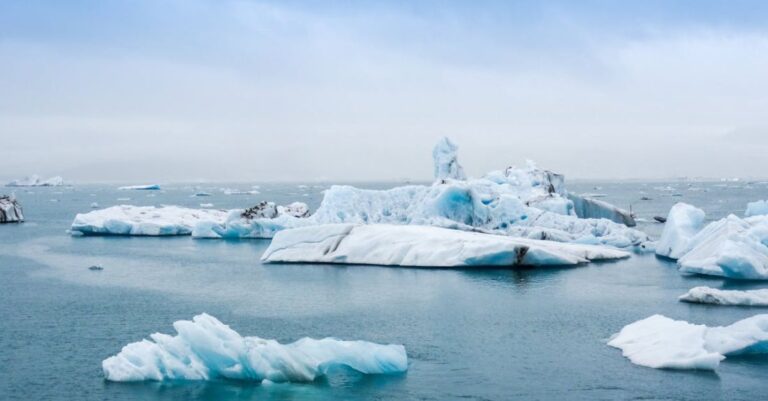
The Galapagos Islands, a UNESCO World Heritage Site, are renowned for their unique biodiversity and fascinating wildlife. However, this delicate ecosystem is facing a significant threat from invasive species that have been introduced to the islands. Invasive species can have a devastating impact on the native flora and fauna, particularly on endangered species that are already at risk of extinction. Understanding how invasive species affect endangered species in the Galapagos is crucial for conservation efforts in this iconic archipelago.
The Threat of Invasive Species
Invasive species are non-native organisms that have been introduced to a new environment, where they can outcompete native species for resources and disrupt the balance of the ecosystem. In the case of the Galapagos Islands, invasive species have been brought to the islands by human activities, such as tourism and agriculture. These invasive species include animals like rats, goats, and cats, as well as plants like blackberry and guava. Once introduced, these invasive species can spread rapidly and have a range of negative effects on the native wildlife.
Competition for Resources
One of the main ways that invasive species impact endangered species in the Galapagos is through competition for resources. Invasive species often have a competitive advantage over native species, as they may lack natural predators or diseases in their new environment. This can lead to invasive species outcompeting native species for food, nesting sites, and other resources, making it difficult for endangered species to survive. For example, invasive rats on the islands have been known to prey on the eggs and young of native bird species, such as the Galapagos petrel, putting further pressure on these already vulnerable populations.
Predation and Disease Transmission
In addition to competition for resources, invasive species in the Galapagos can also directly prey on endangered species or introduce diseases to which the native species have no immunity. For example, invasive cats and dogs have been known to hunt native birds and reptiles, leading to declines in their populations. Similarly, invasive plants can alter the habitat structure, making it easier for predators to access nesting sites of endangered species. Furthermore, invasive species can act as vectors for diseases that can be transmitted to native species, causing illness and mortality among already imperiled populations.
Habitat Degradation
Another significant impact of invasive species on endangered species in the Galapagos is habitat degradation. Invasive plants, such as blackberry and guava, can quickly spread and form dense thickets, crowding out native vegetation and altering the structure of the habitat. This can have a detrimental effect on the nesting sites, foraging areas, and breeding grounds of endangered species, making it harder for them to find food, reproduce, and survive in their natural environment. Habitat degradation caused by invasive species can lead to population declines and even local extinctions of endangered species in the Galapagos.
Conservation Challenges and Solutions
Addressing the impact of invasive species on endangered species in the Galapagos presents a significant conservation challenge. Efforts to control and eradicate invasive species on the islands require careful planning and coordination among various stakeholders, including government agencies, conservation organizations, and local communities. Strategies such as invasive species removal programs, biosecurity measures, and habitat restoration initiatives are essential for protecting the unique biodiversity of the Galapagos and safeguarding the survival of endangered species.
In conclusion, the presence of invasive species in the Galapagos poses a serious threat to endangered species in this iconic archipelago. By understanding how invasive species impact native wildlife through competition for resources, predation, disease transmission, and habitat degradation, conservation efforts can be better targeted to mitigate these threats and protect the fragile ecosystems of the Galapagos Islands. It is imperative that proactive measures are taken to address the spread of invasive species and ensure the long-term survival of endangered species in this globally significant biodiversity hotspot.





